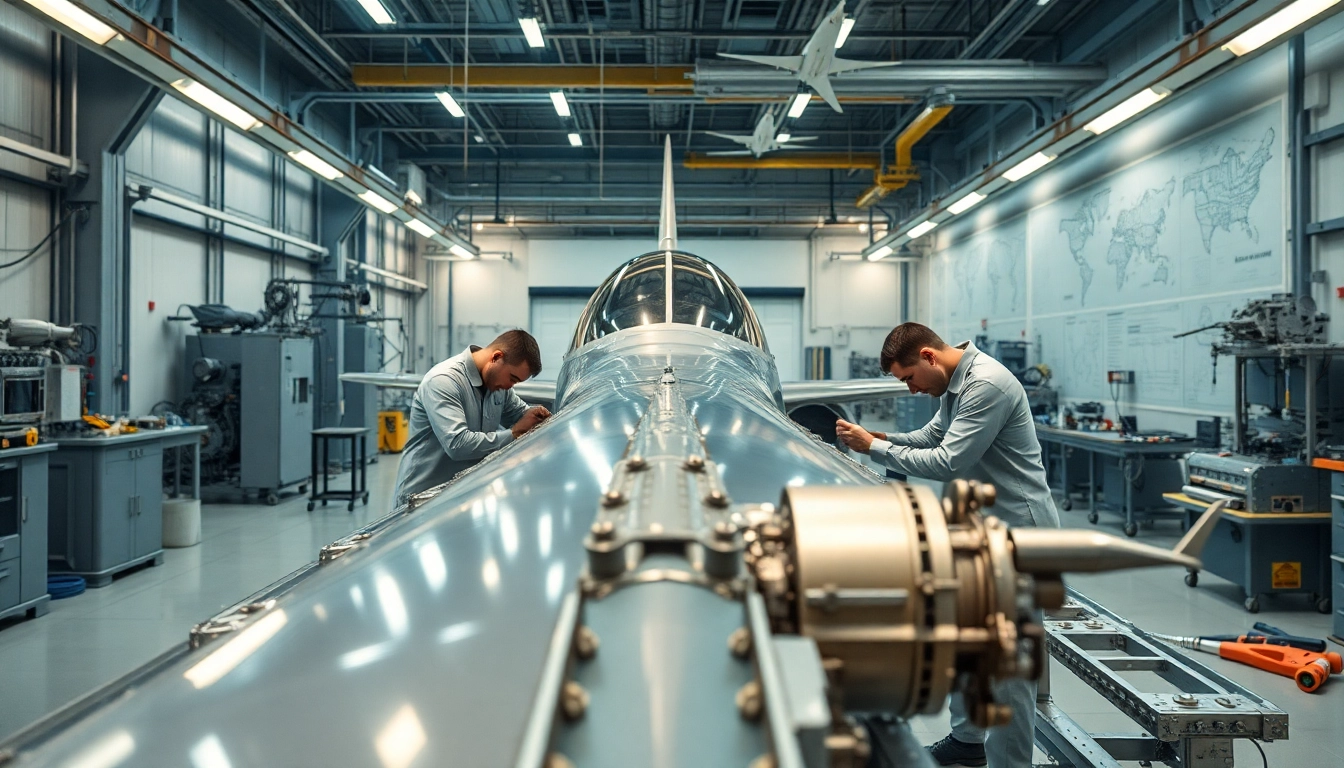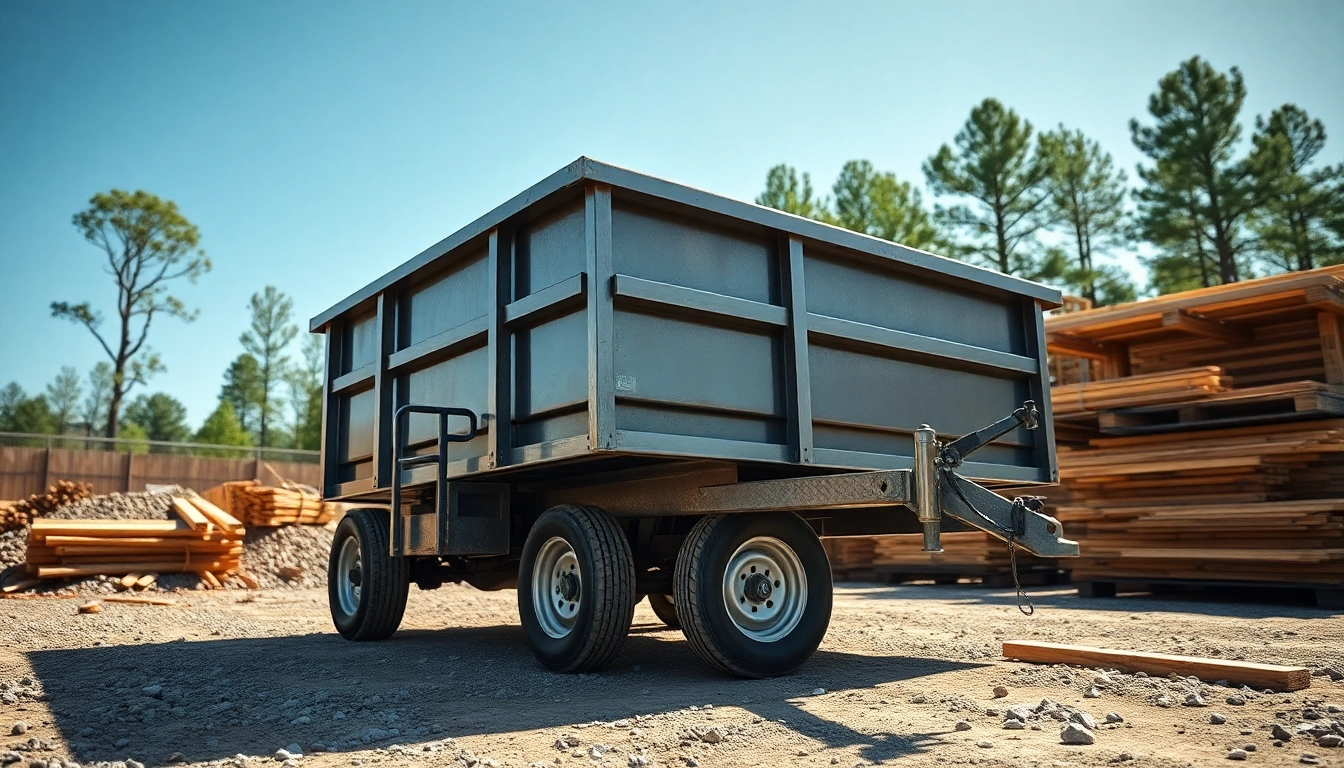Understanding Piping Stress Analysis
What is Piping Stress Analysis?
Piping stress analysis is a critical engineering discipline that examines the mechanical behavior of piping systems under various loads and conditions. Its primary goal is to ensure that pipelines operate safely, maintaining their integrity and performance while subjected to factors such as temperature changes, pressure fluctuations, and environmental conditions. As a piping stress analysis company, understanding how these systems react to different forces is vital for preventing failures and addressing potential hazards.
Importance of Accurate Assessments
The importance of accurate piping stress assessments cannot be understated. Engineers must assess how design intentions translate into reality, ensuring that materials can withstand the operational environment without succumbing to fatigue, corrosion, or failure. Accurate evaluations can mitigate risks related to structural failure, reduce maintenance costs, and enhance safety protocols by predicting potential issues before they arise. A project’s success hinges significantly on the ability to identify potential stress points and mitigate them through effective design and analysis.
Key Principles of Stress Analysis
Piping stress analysis involves a few fundamental principles essential for effective evaluation. These include:
- Load Types: Understanding the different types of loads affecting piping systems is crucial. Dead loads (weight of the pipe and contents), live loads (operational pressures), thermal loads (expansion and contraction), and dynamic loads (earthquakes, vibrations) all contribute to how a piping system should be designed and analyzed.
- Material Behavior: Recognizing how different materials respond to stress is vital for the correct choice of construction materials. The elastic limit, yield strength, and ultimate tensile strength of materials influence their suitability for specific applications.
- Support Design: Proper design and placement of supports are essential to maintain pipe alignment and stability. Analyzing the location and design of supports in relation to load impact helps to ensure system integrity.
- Software Simulation: Advanced software tools allow for sophisticated modeling of piping systems, considering all active loads and predicting how structures will respond. Using these tools can lead to more accurate and reliable results.
Common Challenges Facing Piping Stress Analysis Companies
Identifying Design Flaws in Engineering
Designing a piping system involves complex calculations and considerations. One of the most common challenges in piping stress analysis is identifying design flaws that could impact the integrity of the system. Manufacturers might overlook critical factors during the design phase, leading to miscalculations in stress distribution and support placement. Identifying these flaws during the analysis phase allows for prompt corrections, saving time and costs related to redesigns.
Managing Temperature and Pressure Variability
Piping systems are often subject to fluctuating temperatures and pressures that can significantly impact their performance and safety. Engineers must accurately model these variations to ensure that the system can accommodate the worst-case scenarios. Managing this variability means considering the materials’ coefficient of thermal expansion, potential pressure surges, and the likelihood of environmental changes. Failure to account for these factors can lead to catastrophic failures.
Mitigating Risks Associated with Stress Factors
Stress factors such as external forces, thermal expansion, and internal pressure can all contribute to the potential failure of piping systems. Piping stress analysis companies face the challenge of accurately predicting and mitigating these risks. This requires continuous monitoring, regular inspections, and re-evaluating designs based on updated standards and technologies to ensure that any risks are effectively addressed.
Best Practices for Effective Piping Stress Analysis
Utilizing Advanced Software Tools
Incorporating advanced software into stress analysis workflows can lead to significant improvements in accuracy and efficiency. Tools like CAEPIPE, AutoPIPE, or ANSYS can simulate real-world conditions and provide insights into stress distribution, modal analysis, and thermal effects. Regular updates to these tools are essential to keep up with technological advancements and ensure adherence to current engineering standards.
Implementing Regular Inspections and Maintenance
One of the best practices for ensuring the integrity of piping systems is implementing a routine inspection and maintenance program. Regular assessments can identify wear and tear on pipes, evaluate joint integrity, and detect signs of corrosion or stress before they lead to failures. Utilizing a preventative maintenance schedule helps companies keep their systems reliable and compliant with safety regulations.
Training Staff on Latest Techniques
Investing in training for staff is crucial for the continual improvement of piping stress analysis practices. As technology evolves, so too must the skills and knowledge of the workforce. Training programs that focus on the latest techniques, software tools, and regulatory changes ensure that teams remain at the cutting edge of the industry and can enact effective, compliant stress analysis.
Case Studies: Successful Projects in Piping Stress Analysis
Oil and Gas Industry Applications
The oil and gas industry often relies heavily on piping stress analysis, particularly due to the harsh environments and high-risk nature of operations. A notable case study involved a large offshore drilling platform that faced severe environmental challenges. Utilizing advanced stress analysis techniques, engineers designed a pipeline system capable of withstanding extreme pressure and temperature variations, leading to successful and safe operations.
Nuclear Plant Integrity Assessments
Nuclear facilities are perhaps one of the most critical applications of piping stress analysis due to safety concerns associated with radiological materials. In a recent integrity assessment of a nuclear power plant, meticulous stress analysis revealed potential weaknesses in the pipe supports which, if left unaddressed, could jeopardize the operation’s safety. By redesigning support structures based on the analysis, engineers enhanced the pipeline’s integrity and ensured compliance with stringent safety standards.
Commercial Building Pipeline Solutions
In commercial construction, piping stress analysis has played a vital role in ensuring building safety and efficiency. For a new high-rise office building, engineers utilized stress analysis to design an effective plumbing system that managed both pressure and temperature variations effectively. This proactive approach not only enhanced the functionality of the building but also increased energy efficiency, demonstrating the value of comprehensive piping analysis in optimizing building systems.
Future Trends in Piping Stress Analysis
Integrating AI and Machine Learning
The integration of artificial intelligence and machine learning into piping stress analysis represents a revolutionary trend. By utilizing algorithms that learn from vast datasets, engineers can forecast potential failures and maintenance needs with increased accuracy. AI can analyze historical data to identify patterns in failure rates and stress points, enabling predictive maintenance strategies that can preemptively address issues before they become critical.
Sustainability Considerations in Engineering
With a growing emphasis on sustainability across industries, piping stress analysis companies are increasingly focused on developing environmentally friendly practices. This includes selecting sustainable materials that provide the necessary strength and durability while also reducing environmental impacts. Moreover, improved energy efficiency in industrial piping systems through effective stress analysis leads to lower operational costs and a reduced carbon footprint.
Emerging Technologies and Their Impact
Emerging technologies such as IoT devices and advanced sensor technology are making their way into piping systems, providing real-time data that can influence stress analysis practices. By collecting data on temperature, pressure, and flow rates in real-time, engineers can adapt their stress analysis models continuously and enhance decision-making processes, ensuring that systems are always performing within safe parameters.














Leave a Reply